Gov. Bruce Rauner’s budget has elicited gasps in some quarters for the cuts it proposes to taxpayer-funded state programs.
But Rauner isn’t stopping at programs supported by state taxes. To plug a budget hole of more than $6 billion, he’s proposing to snatch $265 million furnished by ratepayers in the form of surcharges on their utility bills.
The money Rauner is targeting helps low-income households pay their heating bills and makes affordable-rental units and public buildings more energy-efficient.
Trouble is, Rauner can’t just grab the money. State law requires utilities such as Commonwealth Edison, Nicor Gas and Peoples Gas, which collect the funds, to use them for the intended purposes or reimburse ratepayers. So Rauner will need a change in those laws to shift the utility-collected funds to the state’s general fund. A spokeswoman confirms he will propose just such a change.
Getting those amendments through a General Assembly with Democratic veto-proof majorities in both chambers will be challenging, to say the least. But lawmakers are expected to take up wide-ranging energy legislation this session, so stranger things have happened.
FROM AID TO TAX STREAM
Striking in any case is the fact that an Illinois governor has proposed, in effect, to transform utility-bill payments aimed at helping the most disadvantaged into a state tax stream.
The Low-Income Home Energy Assistance Program, or LIHEAP, is a federally funded pool of money that in Illinois generally is distributed each winter to needy households to keep them current on their bills and prevent gas shutoffs when April comes around. The funds generated through the utility surcharges add another 50 percent to the money available when combined with the federal allocation. For Illinoisans in the current fiscal year, the utility surcharges for LIHEAP generated $165 million, according to the governor’s budget document.
The LIHEAP changes Rauner proposes affect only the state’s contribution to that program, not the $330 million that Illinois gets from the federal government for low-income heating help.
“To close a $6 billion budget deficit and address years of fiscal mismanagement, the governor’s budget brings Illinois in line with 20 other states that use only federal dollars to fund the program,” a Rauner spokeswoman says in a statement. “Illinois households that need help paying utility bills will continue receiving subsidies. As in the past, the state will work to make sure that subsidies go to those most in need.”
The ratepayer-funded energy efficiency programs administered by the Department of Commerce and Economic Opportunity also are aimed at the disadvantaged. DCEO uses the money to retrofit affordable-housing units, as well as public buildings like schools. In the current fiscal year, those DCEO-controlled funds added up to $100 million, according to the budget document.
The LIHEAP funds are particularly important in Chicago, with a large number of low-income households.
“While we do not know the details of the proposed budget’s impact, any decrease in LIHEAP funding will have an effect on our customers,” Jennifer Block says in an email. Block is a spokeswoman for Peoples Gas, which serves Chicago, and sister utility North Shore Gas, which serves the northern suburbs. “Over 61,000 Peoples Gas and North Shore Gas customers have received more than $31.7 million in LIHEAP assistance this heating season.”
That number will grow substantially as many households wait toward the end of the heating season to apply for LIHEAP grants.
BUDGETARY CHICKEN?
Concerned about the potential political controversy over cutting low-income heating assistance, Nicor declined to disclose how many of its customers have tapped LIHEAP funds so far this winter. Nicor, with more than 2 million customers in the Chicago suburbs, is the state’s largest natural gas utility.
“Letting poor people freeze is not an acceptable solution to saving money,” says Bob Gallo, state director at AARP Illinois. “To even think so is reprehensible.”
He speculated that Rauner is “playing a game of (budgetary) chicken with the General Assembly. Playing chicken, with people who are struggling and suffering in the middle, is not the kind of conversation we need.”
As for the efficiency funds, environmental advocates decried the proposal.
“Stealing money from programs that save energy for affordable housing and public buildings is an absurd way to try to balance a budget,” says Rebecca Stanfield, deputy policy director in the Midwest at the Natural Resources Defense Council. “It guarantees inefficiency, which is a drag on our economy, makes the utility system more expensive for other ratepayers and disadvantages families who are living in leaky buildings spending a huge part of their income on utility services.”
ComEd said its ratepayers provide about $40 million a year for DCEO’s energy efficiency projects and another $40 million for LIHEAP and related low-income assistance.
ComEd’s energy efficiency surcharge is 0.227 cents per kilowatt-hour, adding $1.58 to the average monthly residential electric bill. ComEd spends the majority of that money on its own energy-efficiency programs; less than half of it covers DCEO’s program.
Source: Chicago Business



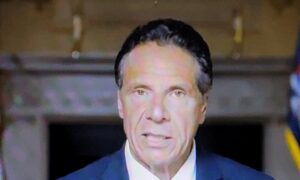



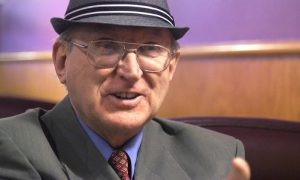

















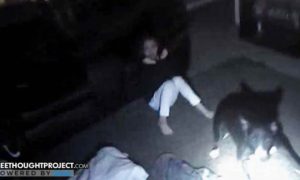









































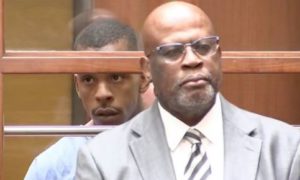



































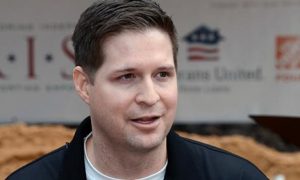



















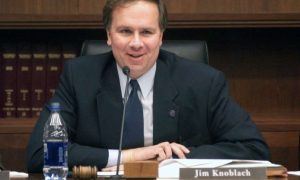

























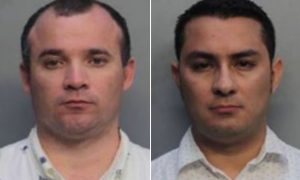











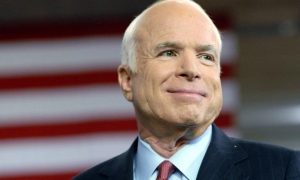





































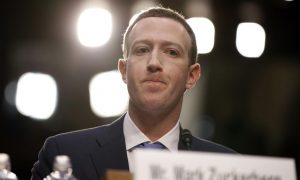



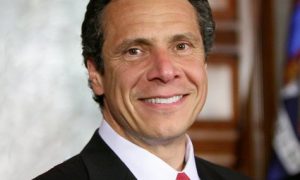

































![[Video] Chicago Police Officers Caught On Video Telling Two Black Men "We Kill Mother F**kers"](https://earhustle411.com/wp-content/uploads/2018/07/evil-cop-3-300x180.jpg)
![[Video] Chicago Police Officers Caught On Video Telling Two Black Men "We Kill Mother F**kers"](https://earhustle411.com/wp-content/uploads/2018/07/evil-cop-3-80x80.jpg)












![[Video] White Woman Calls The Cops On Black Real Estate Investor, Cops Threaten To Arrest Her For Harassing Him](https://earhustle411.com/wp-content/uploads/2018/05/nosy-neighbor-300x180.png)
![[Video] White Woman Calls The Cops On Black Real Estate Investor, Cops Threaten To Arrest Her For Harassing Him](https://earhustle411.com/wp-content/uploads/2018/05/nosy-neighbor-80x80.png)


![White Scientist Says The Black Community Is Being Targeted By The Medical System, They Are Deliberatly Being Poisoned [Video]](https://earhustle411.com/wp-content/uploads/2016/05/mike-adams-300x180.jpg)
![White Scientist Says The Black Community Is Being Targeted By The Medical System, They Are Deliberatly Being Poisoned [Video]](https://earhustle411.com/wp-content/uploads/2016/05/mike-adams-80x80.jpg)








![Teenage Girl Shot In Her Stomach Three Times But Took Time To Post To Facebook [ Video]](https://earhustle411.com/wp-content/uploads/2016/02/Gangster-chick-300x180.jpg)
![Teenage Girl Shot In Her Stomach Three Times But Took Time To Post To Facebook [ Video]](https://earhustle411.com/wp-content/uploads/2016/02/Gangster-chick-80x80.jpg)







